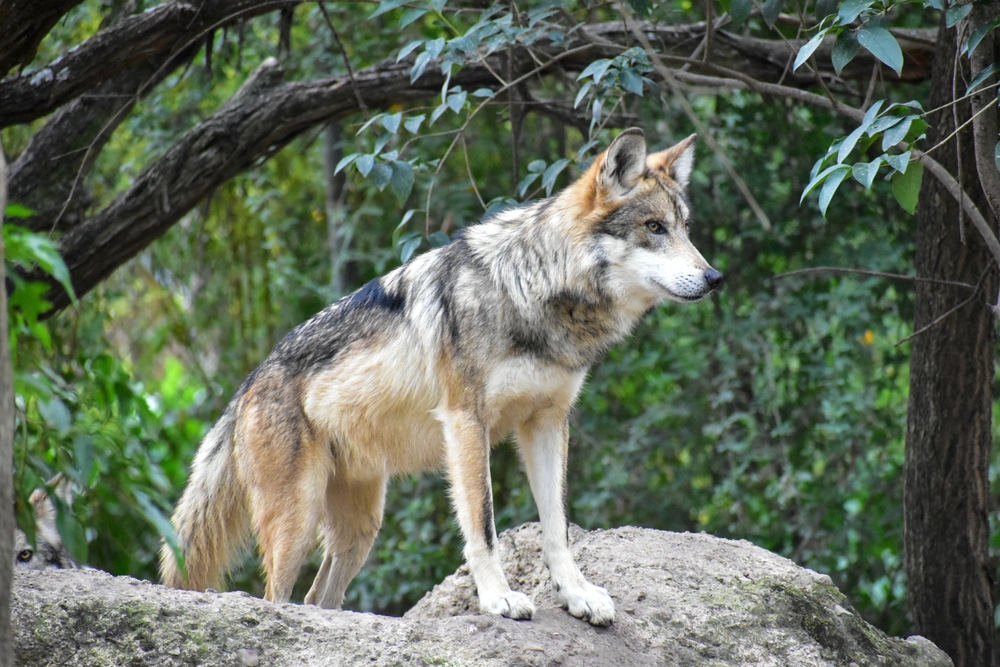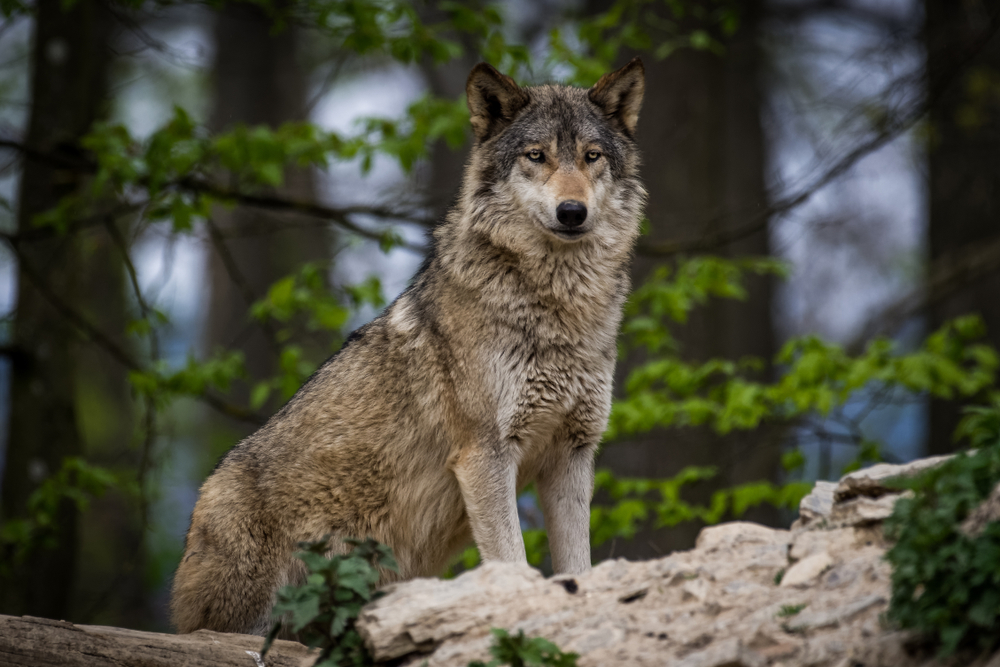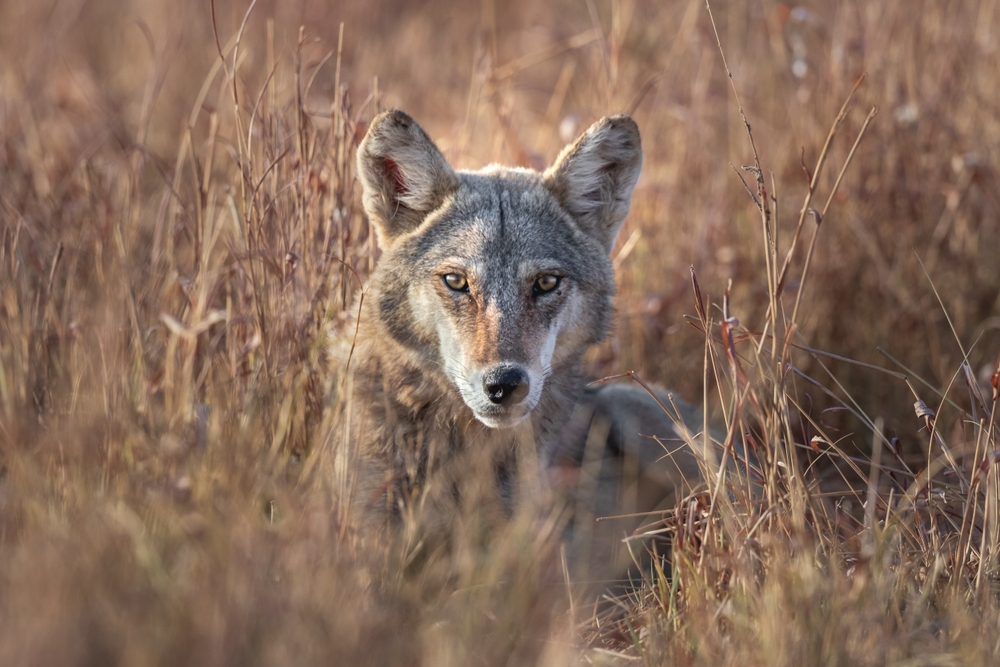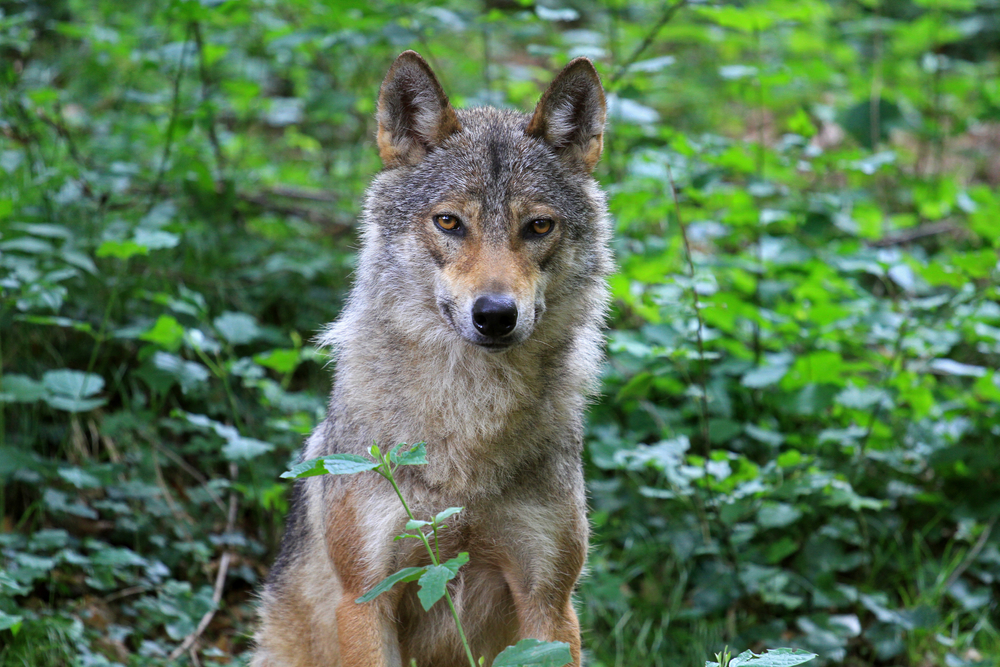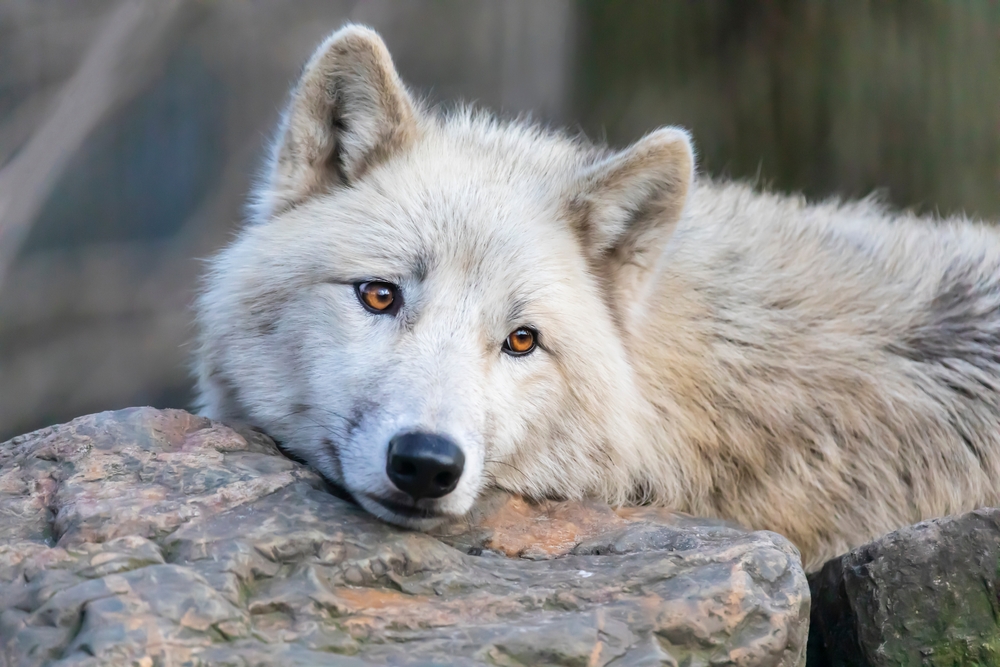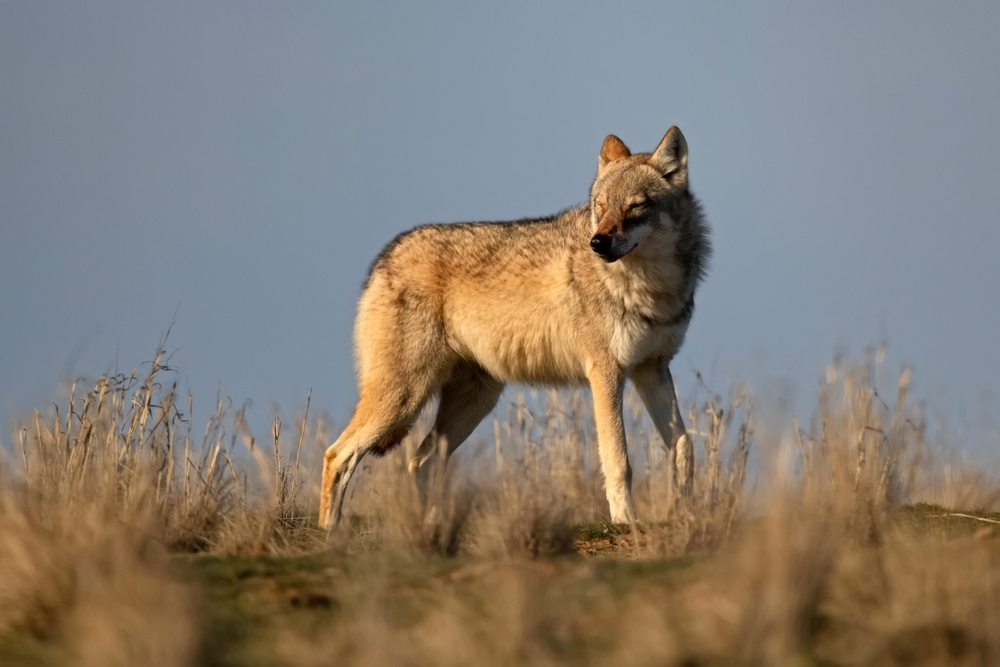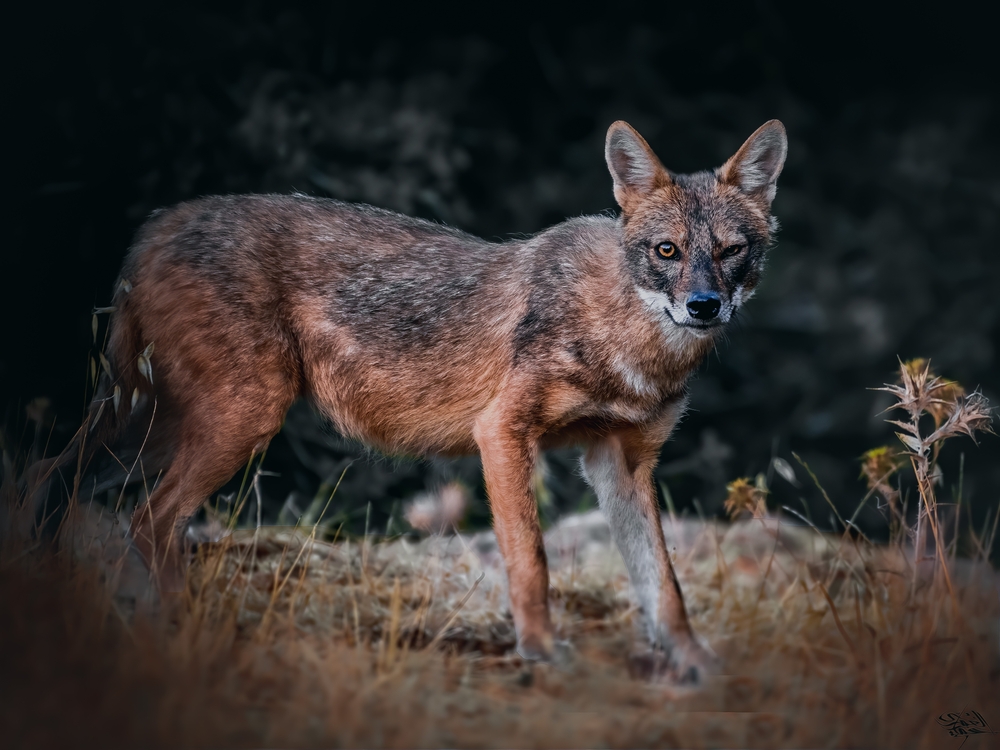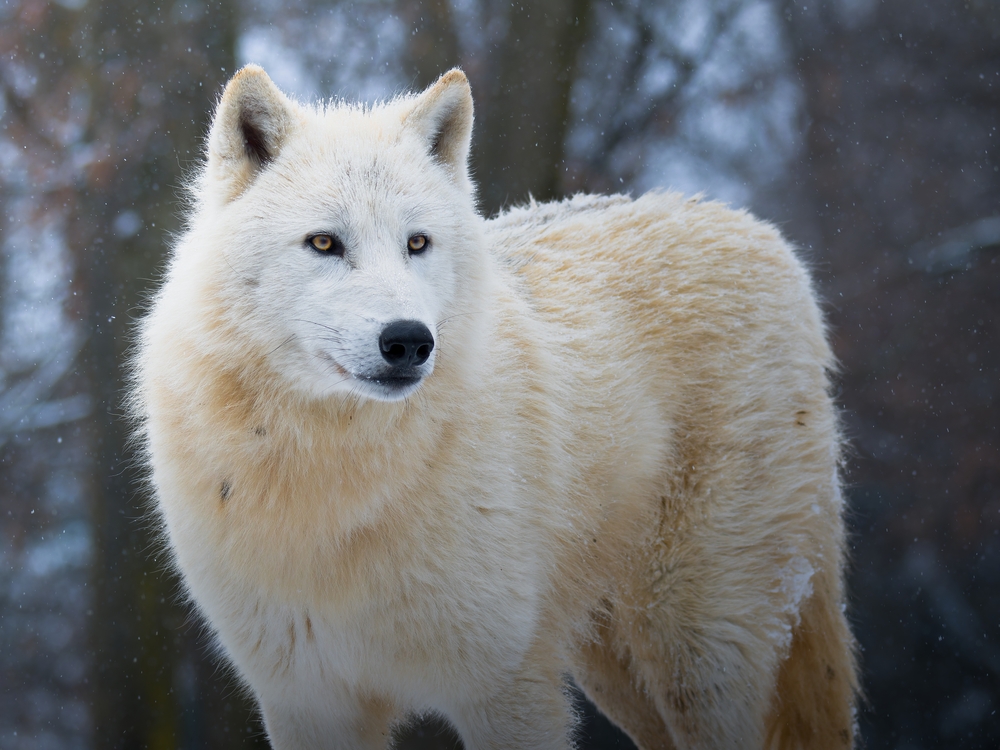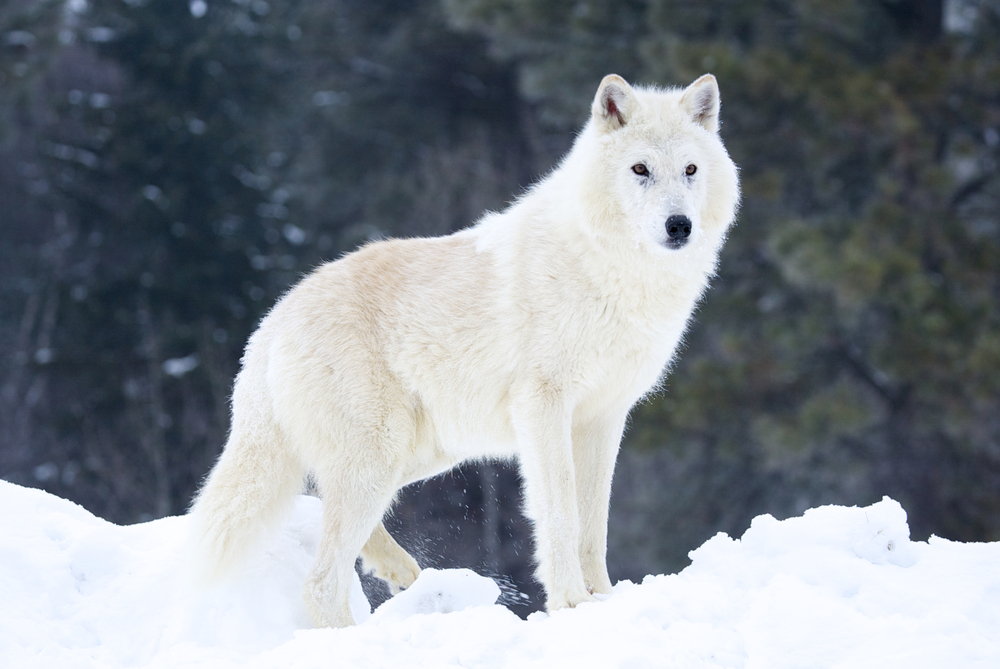About
#Mammals
The Mexican gray wolf (Canis lupus baileyi) is the most genetically distinct and one of the most endangered subspecies of the gray wolf. A member of the Canidae family, it is native to the arid mountain forests of northern Mexico and the southwestern United States, including Arizona and New Mexico. Known as “el lobo,” this wolf once ranged widely across the Chihuahuan Desert and surrounding regions but was nearly driven to extinction in the 20th century due to government eradication programs.
Mexican gray wolves are the smallest North American gray wolf subspecies, with adults typically weighing between 23–36 kilograms (50–80 pounds). They have a slender build and a striking coat pattern of grizzled gray, black, rust, and cream. Their keen senses, endurance, and intelligence make them skilled hunters of deer, elk, and smaller mammals, though historically, livestock depredation fueled human-wolf conflict.
By the 1970s, only a handful of Mexican wolves remained in the wild. Thanks to captive breeding from just seven founding individuals and reintroduction efforts beginning in 1998, small populations have been re-established in the U.S. and Mexico. These wolves live in family packs and are critical for controlling prey populations and maintaining healthy ecosystems in their rugged, mountainous habitats.
Today, the Mexican gray wolf remains Endangered, with around 250 individuals in the wild and several hundred in managed breeding programs. Ongoing conservation challenges include habitat fragmentation, illegal killings, and limited genetic diversity, but collaborative efforts across borders continue to push for the species’ recovery.
The Mexican gray wolf stands as a powerful symbol of ecological restoration and the urgent need to balance human interests with predator conservation.
Threatened:
Extinct
Critically Endangered
Endangered
Vulnerable
Near Threatened
Least Concern



































































